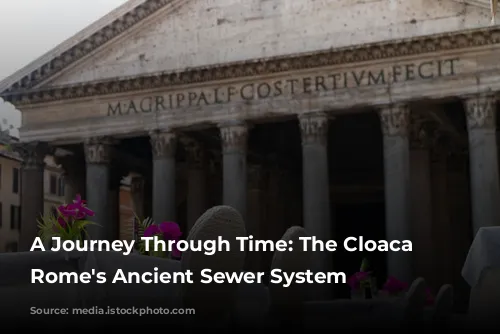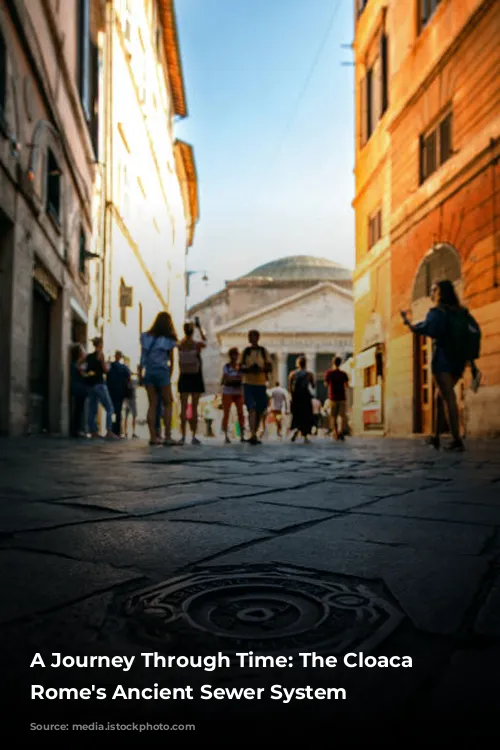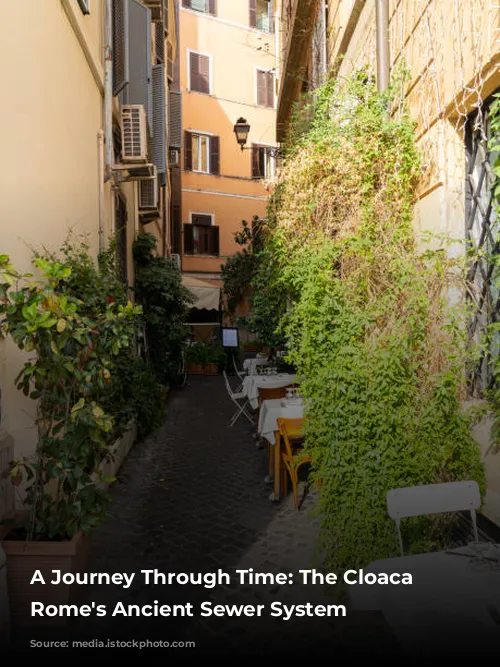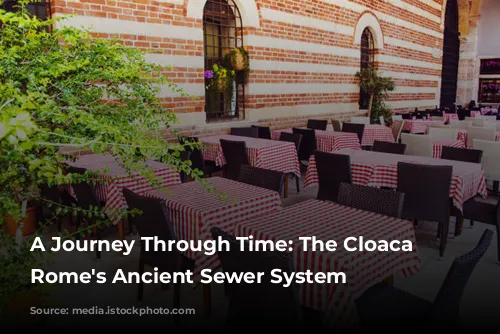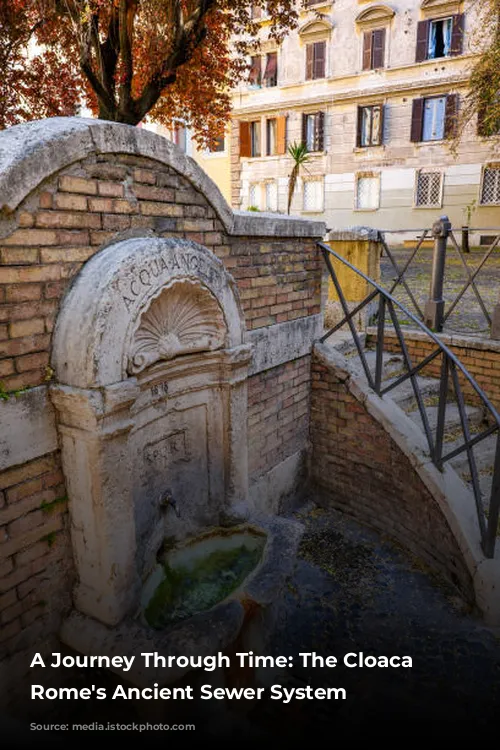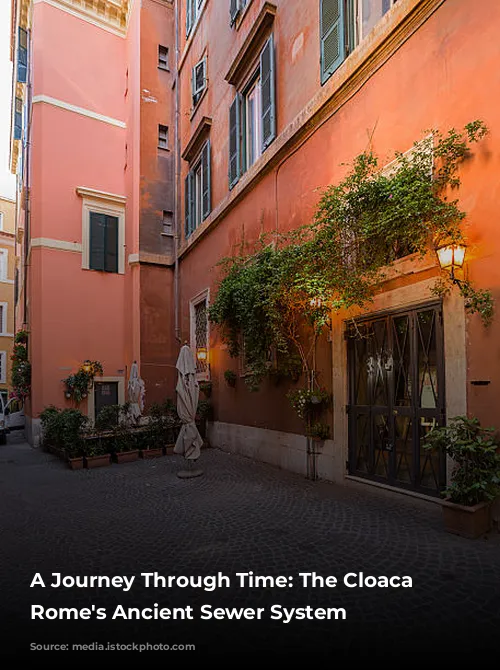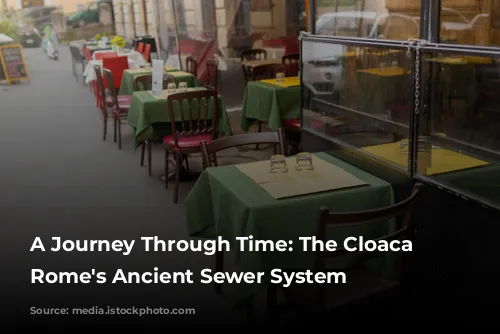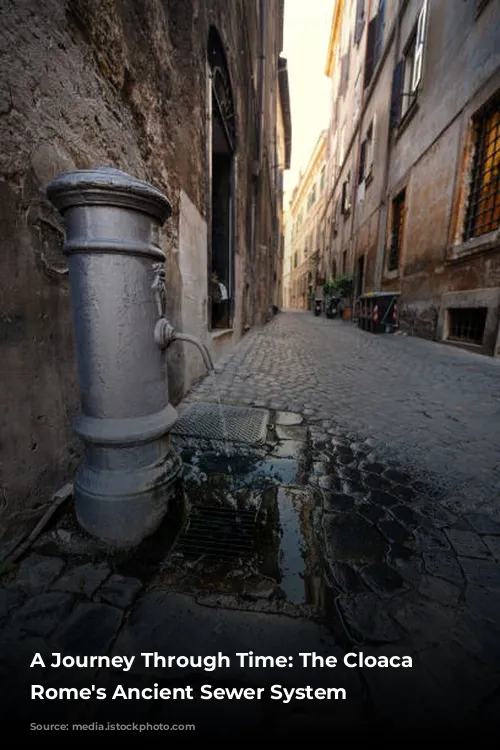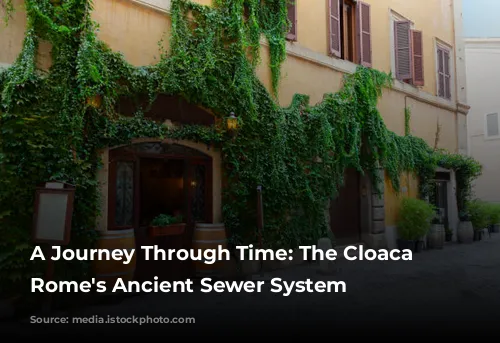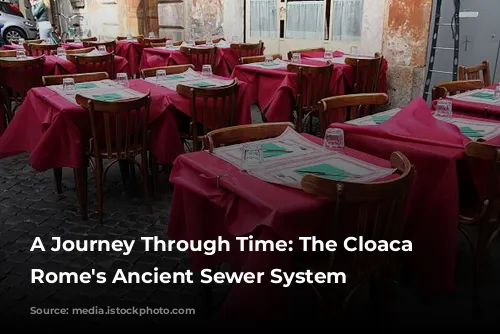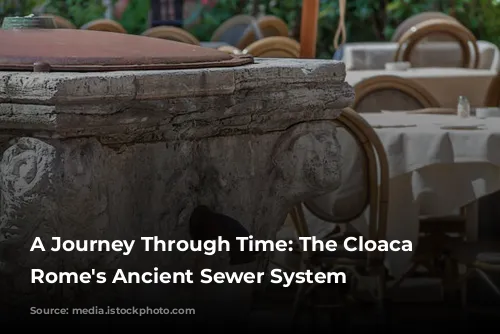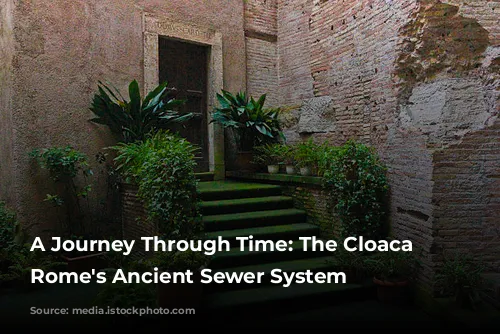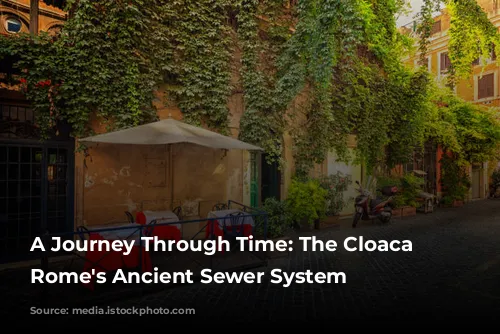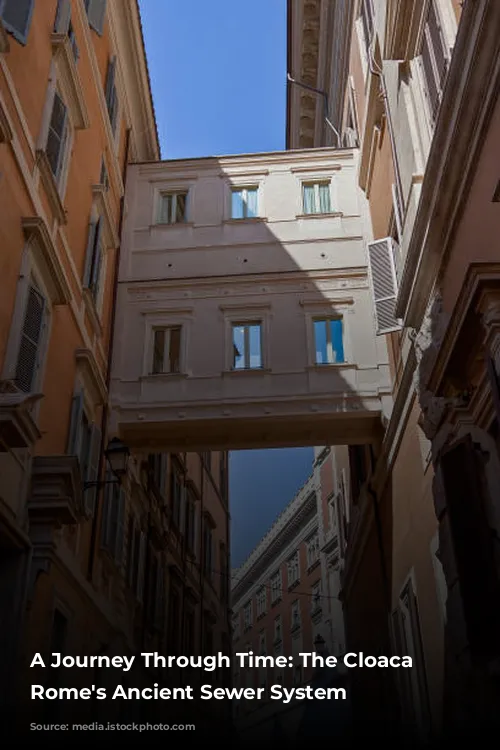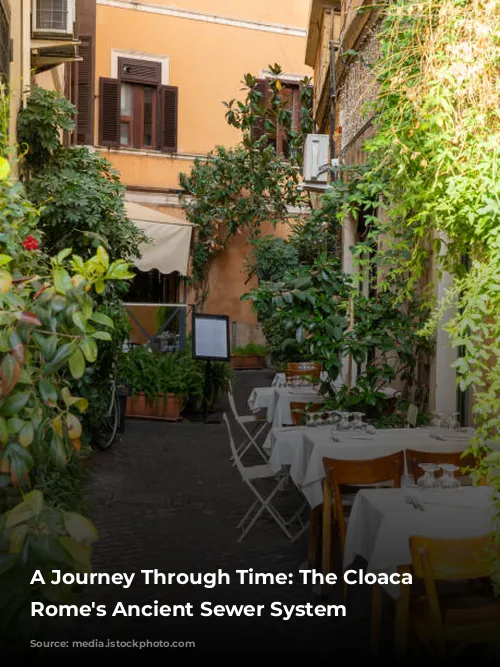Imagine a city where rainwater and waste flowed freely through open channels, posing a threat to public health. This was the reality of ancient Rome until the construction of the Cloaca Maxima – a testament to the Romans’ ingenuity and their commitment to public infrastructure.
The Birth of a Masterpiece
Built over 2,000 years ago, the Cloaca Maxima is a monumental feat of engineering, predating even the iconic Roman aqueducts and paved roads. This grand vaulted tunnel, constructed from massive blocks of volcanic rock and limestone, is large enough for a person to walk through. But its history is more than just impressive size; it’s a story of adaptation and progress.
Initially, the Cloaca Maxima was a simple open drainage canal, following the path of a natural stream. As the city of Rome expanded, the canal grew alongside it. Its course was altered to accommodate new civic structures, and man-made channels were added to direct water flow. The need for better sanitation and hygiene led to a pivotal development in the second century BCE: the canal was covered, transforming it into Rome’s first underground sewer system.
A Network of Water and Sanitation
The Cloaca Maxima was just one element of a sophisticated urban water system. Marcus Agrippa, a renowned statesman, soldier, and architect, took charge of Rome’s water management in the first century CE. He expanded the sewer system, improved street cleaning, and introduced new aqueducts. These aqueducts, after supplying public baths, fountains, and palaces, emptied into the sewer, ensuring a constant flow of fresh water that kept the system clean and functional.
A Marvel of Engineering and Civic Pride
Unlike modern sewer systems designed for waste disposal, the Cloaca Maxima primarily served to drain surface water. The disposal of human waste was handled differently, often thrown into the streets or used for agriculture. Though the system did little to improve sanitation in crowded residential areas, it was a marvel of engineering, serving the public spaces of Rome. The Romans were proud of their accomplishment, and tours of the grand tunnels were even given to visitors.
Pliny the Elder, in his renowned book Natural History, described the Cloaca Maxima with awe: “In the streets above, massive blocks of stone are dragged along, and yet the tunnels do not cave. They are pounded by falling buildings…The ground is shaken by earth tremors; but in spite of all, for 700 years from the time of Tarquinius Priscus, the channels have remained well-nigh impregnable.”
A Lasting Legacy
Centuries later, Lewis Mumford, a renowned urban historian, echoed Pliny’s admiration for the Cloaca Maxima’s durability and cost-effectiveness in his book The City in History: “With its record of continuous service for more than twenty-five hundred years, that [sewer] structure proves that in the planning of cities low first costs do not necessarily denote economy… on these terms, the Cloaca Maxima has turned out to be one of the cheapest pieces of engineering on record.”
While the Cloaca Maxima is no longer the city’s primary sewer system, it remains a remarkable testament to the Romans’ foresight and engineering prowess. It serves as a reminder that sustainable and well-planned infrastructure can stand the test of time. The Cloaca Maxima is not just a sewer; it is a monument to human ingenuity, civic pride, and a legacy that continues to inspire us even today.
